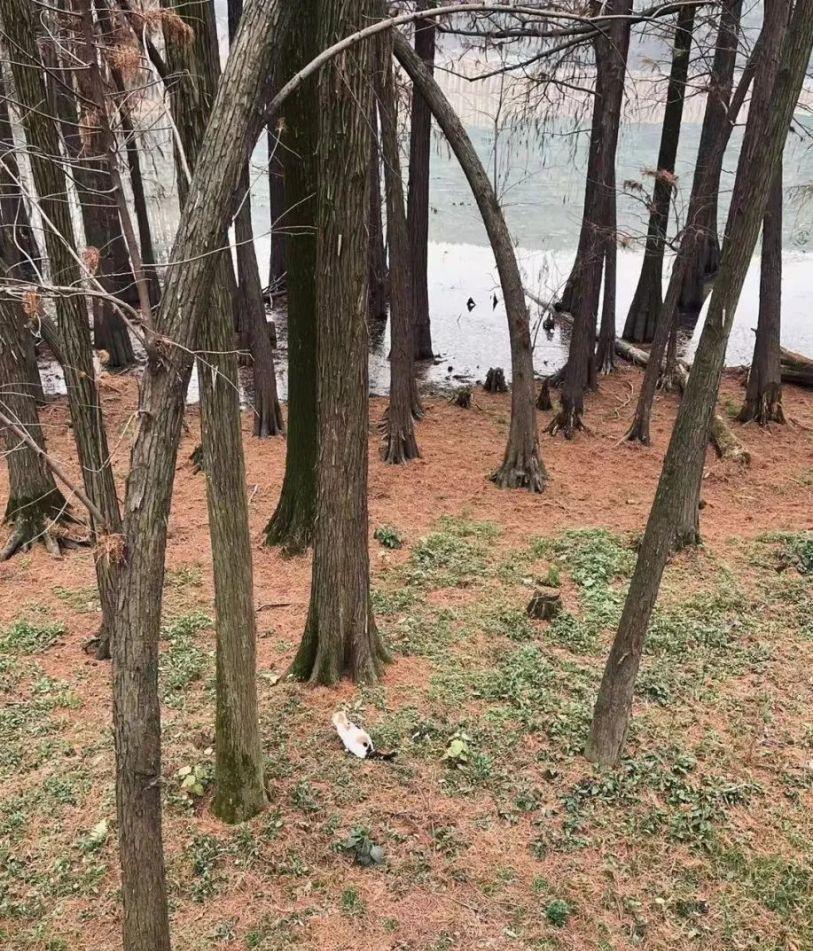
Pigsty and art gallery
Text: Shen Jiake
I haven't been to Moshan for a long time, and after listening to my friends, I learned that a new East Lake Shan Art Museum has been opened. It just so happens that I once participated in the initiation of the book club, the hotel where the annual meeting invited dinner, is nearby.
So I decided to stop by and have a look. From the entrance of the archway of Moshan Mountain, stroll into it, the curtain is a wonderful blue-gray, the mountains and trees show a translucent texture, and a screenshot from the vast sky and earth is a Chinese ink painting.
To be honest, I have seen many art museums in China over the years, and most of them make me can't help but be like the Ruan Dynasty of the Jin Dynasty, with blue eyes. You can clearly perceive how nonsense the art world is, how ignorant and pretentious it is. Some private or semi-official art museums even write money and fame and fortune on the wall, for fear that the audience will not know that they are playing in small circles.
This East Lake Spruce Art Museum, my first impression is OK. It is a few large warehouse-like bungalows on the ground, without a pretentious sense of packaging. The name is also straightforward, an art museum, built on the edge of the East Lake, between the straight and standing cedar trees, it is called the East Lake Fir Art Museum.
One-two-three-four pavilions, with a café. From the archway into the museum area, the first small exhibition hall, which was originally the observation deck of the Moshan Tea Farm, was transformed into a small and thoughtful beehive observation deck.
The theme of the exhibition is also easy to understand.
I wandered around, through the dense Metasequoia, and witnessed a lonely female cat stop its graceful steps. Cloaked in black and yellow patches, it was cautious and careful, sniffing the scent of fallen leaves, and found a safe grass. Scratch the roots of the fir trees a few times.
Not far away from the lake, three or two wild ducks witnessed everything, turned to avoid, and slowly broke the water shadow.
The geographical area of Wuhan is too large, so the scenery is very different. A few kilometres away is the bustling downtown area. It's like an uninhabited wilderness. The winter air was clear, and I lay on the railing and watched the big-bellied female beast the whole time.
It tossed and turned, calmed down, and began to.
You know, cats are animals that only in places where they feel safe. Besides, it is still a pregnant female cat. I watched with interest for half an hour as I watched the cat reincarnate, climb up the hill, and disappear into the cedar woods.
On the way out, I chatted with my friends and learned that the original site of the land was a pigsty.
For a moment it made me laugh.
The builder is also very good at site selection, quite cute - the art gallery built on the pigsty. This place used to be not only stray cats pulling, but also hundreds of pigs pulling. It's no wonder those redwoods stand tall and the soil here is fertile enough.
The essence of beauty is actually the touch of emotion. I must admit that at this moment, I was moved. Eating and drinking Lazar constitutes the cycle of life. Only when you fill your stomach can you appreciate art.
In the source of our Chinese characters, there are feng and roof treasure heads, which constitute "home".
The former pigsty nurtures warm and delicious pork that soothes our tongues and our stomachs. Now the museum is built to soothe our eyes and our hearts.
Series of essays
Shen Jiake: Famous writer, independent scholar, critic, member of the China Education Society, member of the China Miniature Novel Society, published nearly 70 novels, novel collections, essay collections and other monographs and books. His representative works such as "Life Ferryman" (People's Daily Publishing House), "Shen Jiake's Selected Works (3 volumes)" (Oriental Publishing House), "May You Live Calmly" (Tsinghua University Press), etc., have sold millions of copies and won the Literary Contribution Award. Humanistic essays and social commentaries have been widely published in China Culture Daily, People's Daily, Guangming Daily, China Youth Daily, Southern Weekend, Beijing News, Southern Metropolis Daily, Procuratorial Daily, etc. Current affairs views have been reported by The New York Times, The Globe and Mail, South China Morning Post and other English media.